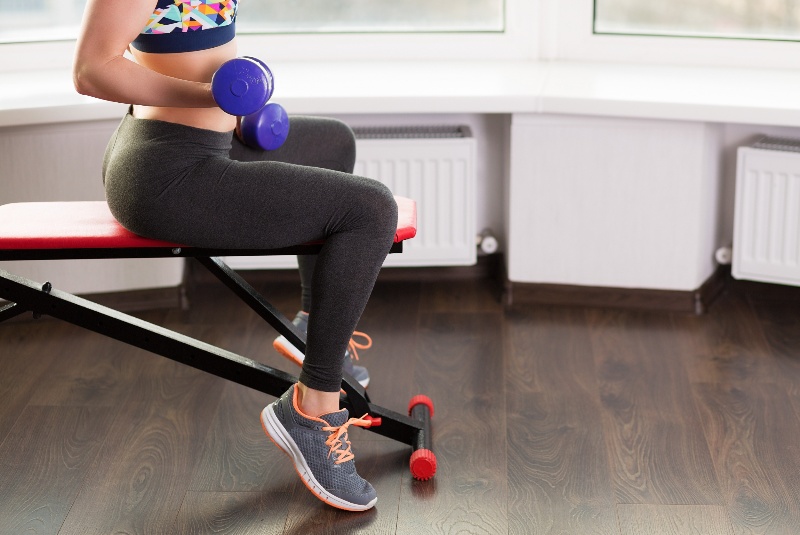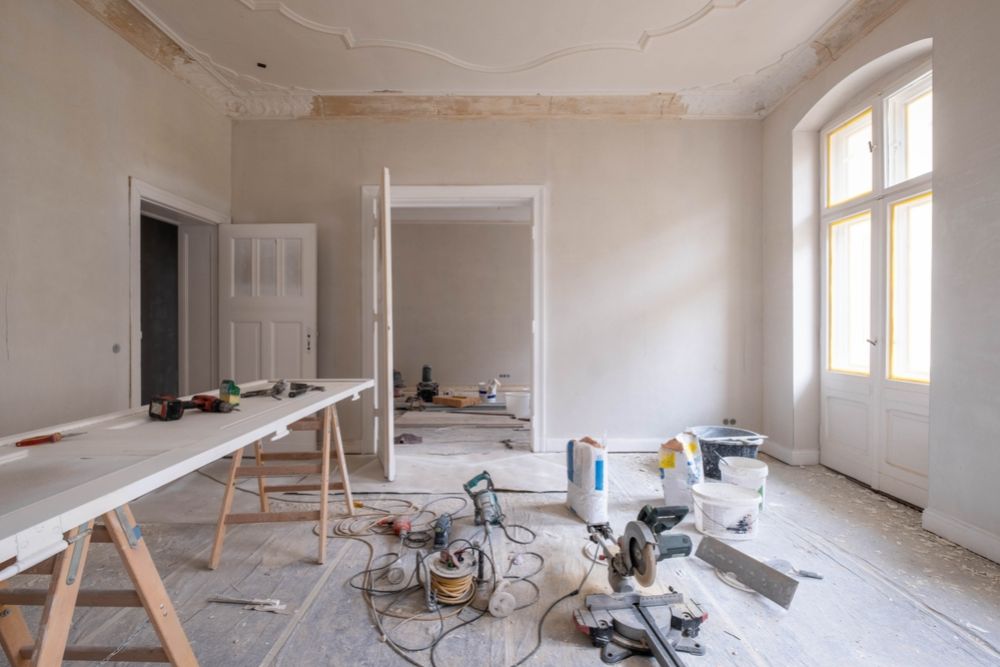The thought of building a home gym often conjures images of expensive treadmills, weight sets, and high-end exercise machines. While it's true that a full-scale home gym can require a hefty investment, there are also numerous ways to build an effective workout space on a budget. Not only does a home gym save you the monthly cost of a gym membership, but it also offers the convenience of working out whenever you want. Here’s a breakdown of how you can save money by making your own home gym.
Why a Home Gym?
A home gym offers numerous advantages. You save time and money on commuting to a public gym, have the freedom to work out whenever you wish, and can personalize your equipment and environment. Over time, these benefits can translate into significant savings, as you are no longer paying recurring membership fees. Even the money spent on setting up the gym can be looked at as a long-term investment that will pay for itself.
Planning is Key
Before you purchase anything, it’s essential to start with a plan. Determine how much space you can dedicate to your home gym, whether it’s a whole room or a small corner in your home. Think about the types of exercises you want to focus on, whether cardio, strength training, or flexibility. This planning step helps avoid unnecessary equipment purchases and maximizes your available space, allowing for a more effective setup.
Start Small
When it comes to setting up a home gym, you don’t have to get everything all at once. Start with a few basic items that offer versatility, like dumbbells, resistance bands, and a yoga mat. These essentials can be the foundation of countless exercises. As you progress in your fitness journey, you can gradually add more equipment according to your needs. Starting small allows you to prioritize quality over quantity, investing in high-quality items that will last longer, instead of buying many things that may not withstand the test of time.
Buy Used or Second-Hand Equipment
One of the best ways to save money on gym equipment is by purchasing used or second-hand items. Many people buy gym equipment with good intentions but end up not using it as often as they planned, leaving it almost new. Websites like Craigslist, eBay, Facebook Marketplace, or even local garage sales can be excellent places to find barely-used equipment at a fraction of the original price. You may also want to check out local gyms that are upgrading or replacing their equipment, as they often sell their old machines at discounted rates.
DIY Solutions
There are numerous creative DIY options that can substitute for commercial gym equipment. For example, a gallon milk jug filled with water can serve as a makeshift dumbbell, or you can use bags of sand for weight resistance. PVC pipes can be used to create a pull-up bar or even a barbell for weightlifting, while an old, sturdy chair can substitute as a bench. There are plenty of tutorials online that can guide you on how to build your equipment safely, which not only saves you money but also adds a personal touch to your home gym.
Opt for Multi-Use Equipment
Instead of buying single-use items, prioritize equipment that can be used for multiple exercises. For instance, a bench press bench can be used not only for bench presses but also for step-ups and sometimes even squats. Resistance bands are incredibly versatile and can be used for various workouts targeting different muscle groups. By focusing on equipment that can serve multiple functions, you maximize the value of each purchase and minimize clutter in your gym space.

Look for Sales and Discounts
Gym equipment, like any other product, goes on sale during certain times of the year. Holiday seasons, Black Friday, or end-of-year sales are prime times to look for discounted gym equipment. You can also subscribe to newsletters from sports retailers to receive notifications about exclusive discounts and special offers. Some retailers offer additional savings when you sign up for loyalty programs or email lists, giving you an edge in finding deals.
Swap and Share
If you have friends or family members interested in fitness, consider pooling resources or swapping equipment from time to time. This way, you can try out different types of workouts without spending extra money on new equipment. Sharing equipment can also reduce costs if you’re buying new items with a friend. For example, you could buy a treadmill while your friend buys a rowing machine, and you can share access to both pieces of equipment on a rotating schedule. This approach allows you to enjoy variety without a substantial financial commitment.
Virtual Training Over Personal Trainers
A significant part of the gym experience for many people is personal training sessions, which can be costly. However, thanks to the internet, you can find countless workout routines and how-to videos for free. Many apps and online platforms offer personalized routines and virtual training sessions at a much lower cost than hiring a personal trainer, allowing you to get expert guidance without a hefty price tag. By using these resources, you can design a well-rounded workout routine tailored to your goals.
Don't Forget to Budget for Maintenance
When you own gym equipment, you are also responsible for its upkeep. While a home gym can save you money in the long run, neglecting maintenance can result in costly repairs or replacements. Always read and follow the maintenance guidelines for each piece of equipment you own, which can help prevent premature wear and tear. Regular cleaning, lubricating moving parts, and tightening bolts are simple tasks that can prolong the lifespan of your equipment, ultimately saving you money.
Utilize Bodyweight Exercises
One of the most cost-effective ways to exercise is by using bodyweight exercises, which require little to no equipment. Exercises such as push-ups, squats, lunges, and planks can provide a full-body workout without additional gear. You can create a variety of challenging routines that improve strength, endurance, and flexibility by leveraging your body weight. Incorporating these exercises into your regimen allows you to focus on quality rather than quantity when adding equipment to your home gym.
Consider Compact or Foldable Equipment
If you’re limited on space, look for equipment that can be easily stored or folded away when not in use. Many manufacturers offer foldable treadmills, compact rowing machines, and stackable weights that save space and make organization easier. Investing in these types of equipment keeps your workout area organized and maximizes the utility of a small space, making a home gym possible even in a modest-sized apartment.
Track Your Progress
One of the advantages of working out at home is that it allows you to track your progress more closely. Using fitness apps or simple tracking sheets can help you measure improvements in strength, endurance, and other fitness markers. As you witness progress, you’ll feel motivated to continue using your home gym, ensuring that your investment pays off over time. Tracking your performance is also a way to make sure you’re utilizing all of the equipment you’ve invested in effectively.
Building a home gym doesn’t have to be an expensive endeavor. With careful planning, a focus on multi-use equipment, and an eye for sales and discounts, you can set up a functional workout space that will serve you for years. A home gym not only saves money but also adds convenience to your life, making it easier to maintain a consistent workout routine. With creativity, smart shopping, and disciplined maintenance, fitness can become an affordable and accessible part of your daily life.




